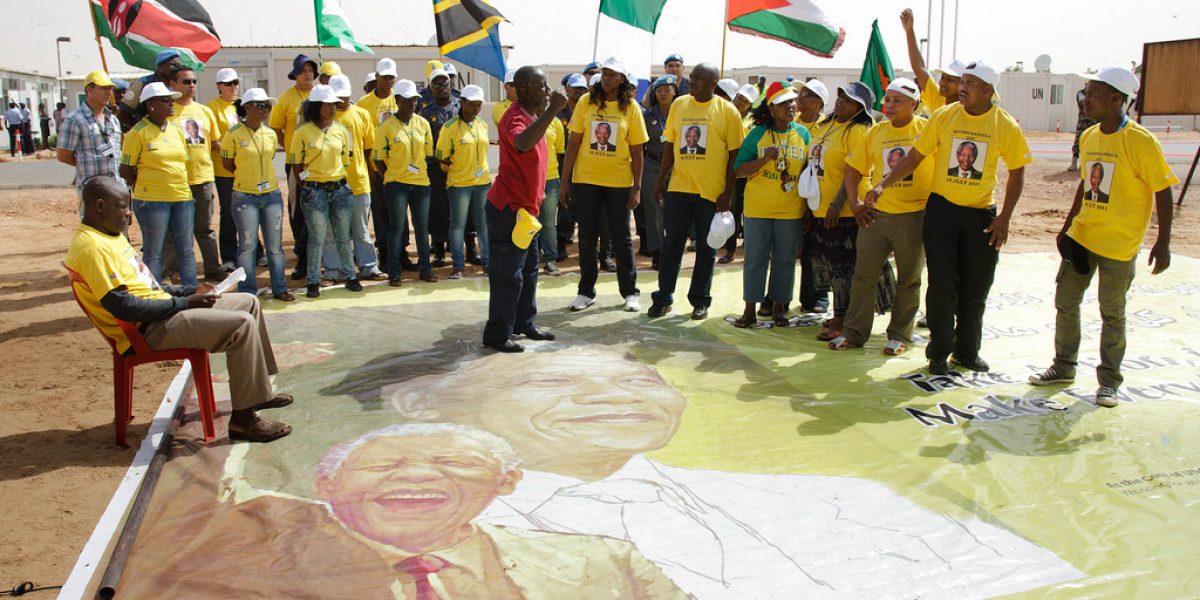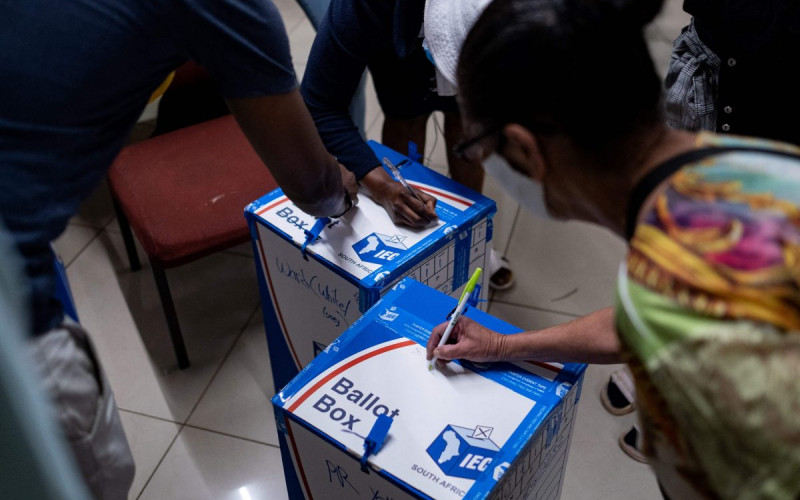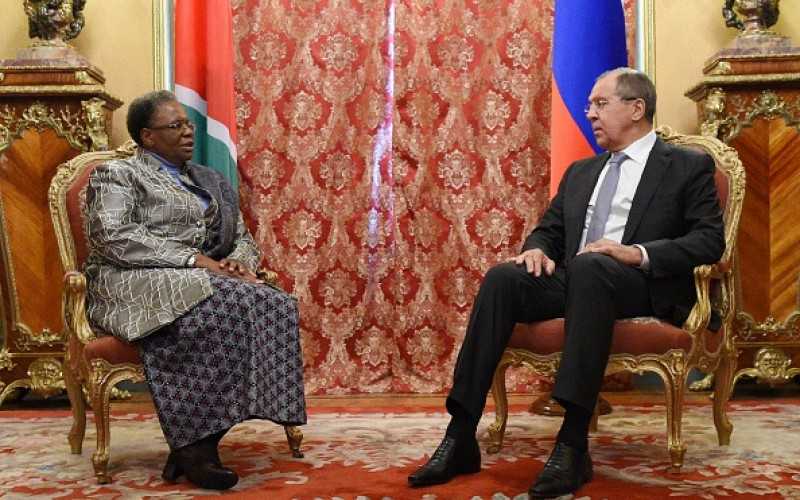Why have some states not acceded? What has been achieved? And what challenges does this process face? On a recent trip to Windhoek, I had asked several senior officials and academics why Namibia had not yet joined the APRM. Although they suggested that Namibia might be closer to accession now, their responses outlined the three principal objections traditionally voiced. (i) Given the strong relations between former President Sam Nujoma and Zimbabwean President Robert Mugabe in the early 2000s when the APRM was born, Namibia said that it would not be part of a process that appeared designed to attack fellow African leaders. (ii) Namibia was already able to attract foreign aid and investment, and was not as desperate as some other states that rushed to join the front of the APRM queue. (iii) Could some leaders with dubious democratic and governance credentials really stand as credible peers in judgement of Namibia?
Botswana – a state with an excellent governance track record and meticulous national planning – has been similarly cautious in submitting to scrutiny, despite its strong support for the New Partnership for Africa’s Development (Nepad), the APRM’s parent institution. Some suggest that its perennially conservative government feels that it has little to learn or gain from the process, and that the money could be better spent on healthcare and schools. Others feel Botswana may have some things to hide. In both cases, there may also be a perception that South Africa the ‘Big Brother’ is trying to foist this mechanism onto its smaller, weaker neighbours.
Despite these arguments, the APRM has racked up important achievements and added value to its members. First, the APRM has cemented itself as a critical part of the African governance architecture, and outlived the political tenures of its two main architects, former South African President Thabo Mbeki and former Nigerian President Olusegun Obasanjo. The mechanism has established its organisational structures, laid down its rules and procedures, raised funds and political support at home and abroad, and gotten on with the sometimes-difficult process of assessing governance in states all around the continent.
Second, membership has shown steady growth in numbers. To date, 29 of Africa’s 53 states have voluntarily joined, representing more than three-quarters of the continent’s population. The full list of members is: Algeria, Angola, Benin, Burkina Faso, Cameroon, Congo (Brazzaville), Djibouti, Egypt, Ethiopia, Gabon, Ghana, Kenya, Lesotho, Malawi, Mali, Mauritania (suspended due to a coup in 2008), Mauritius, Mozambique, Nigeria, Rwanda, São Tome and Principé, Senegal, Sierra Leone, South Africa, Sudan, Tanzania, Togo, Uganda and Zambia. Cape Verde was scheduled to have joined at the July 2009 AU Summit in Sirte, Libya, but has not yet done so. However, many of the members yet to undergo review are the most fragile – the very countries with profound political and economic problems.
Third, the mechanism has gathered momentum. After a slow start, twelve of these countries (Ghana, Rwanda, Kenya, Algeria, South Africa, Benin, Uganda, Nigeria, Burkina Faso, Mali, Mozambique and Lesotho) have now been through all the stages of the process – establishing national APRM structures, conducting a self-assessment, undergoing country review by African experts, presidential peer review by fellow heads of state and are beginning to implement APRM recommendations through their National Programmes of Action.
Fourth, the reports identify critical issues. The first seven reports are publicly available, and are comprehensive, sober, frank diagnoses of major governance issues as well as best practices in these states. For example, the APRM highlighted the risk of ethnic violence in Kenya well before it erupted after the flawed elections of late 2007. Likewise, the problem of growing xenophobia in South Africa was warned about (and ignored) before the violent anti-immigrant incidents in May 2008.
Fifth, the process has begun, slowly, to change relationships within states. Built on the premise that a mixture of peer pressure, diplomacy and the inputs of citizens can catalyze and sustain reform, in many places the peer review has widened political space, allowed a platform for concerns to be publicly voiced, and attempted to promote more transparent, accountable governance and inclusive policy-making. Leadership attitudes matter; if a government does not take the process seriously, it will learn less and its citizens will benefit less. Attempts to politically manipulate the process have largely failed, mainly due to the vigilance of civil society.
Many challenges, however, remain. On an institutional level, key leaders who presided over the birth of the APRM have left office – is there now a strong champion? The seven-member APRM Panel of Eminent Persons that oversees the process has been slowly replacing its members, but there is little transparency in how this has been done, and questions have arisen over its own governance record. The continental APRM Secretariat has been without a CEO for over two years, and struggles with managing the complexities of the system. At national level, the APRM is an expensive, complex and time-consuming exercise that is easily politicised, and states often don’t realise what accession entails. Many civil society organisations have found it difficult to make their inputs count, especially when they seek to challenge the views of government, where there are obvious imbalances of power and resource. APRM plans are poorly integrated with existing policy initiatives.
As with most other grand plans, the real test will be harnessing the political will and resources to implement the remedies in the National Programmes of Action, avoiding duplication of ongoing efforts. While it may be too early to pinpoint progress, states will soon need to show real results from their reviews – such as legal and policy reforms; increased aid, trade and investment; and tangible improvements in the lives of citizens – for the mechanism to maintain its saliency, momentum and support. Monitoring and evaluation remains a formidable challenge. Tracking progress is left to participating governments, often to the exclusion of their citizens and civil society organisations, and the central APRM institutions have limited means to verify what is reported by states.
For the APRM to continue to build on its progress, it must address these leadership questions and demonstrate where and how it adds value, if it is not to squander the considerable support it has gathered.






